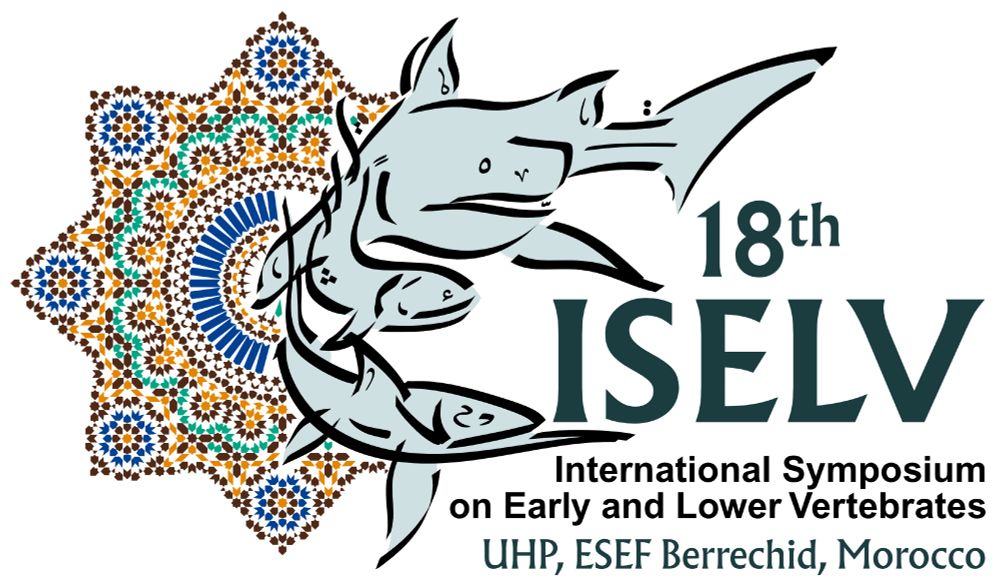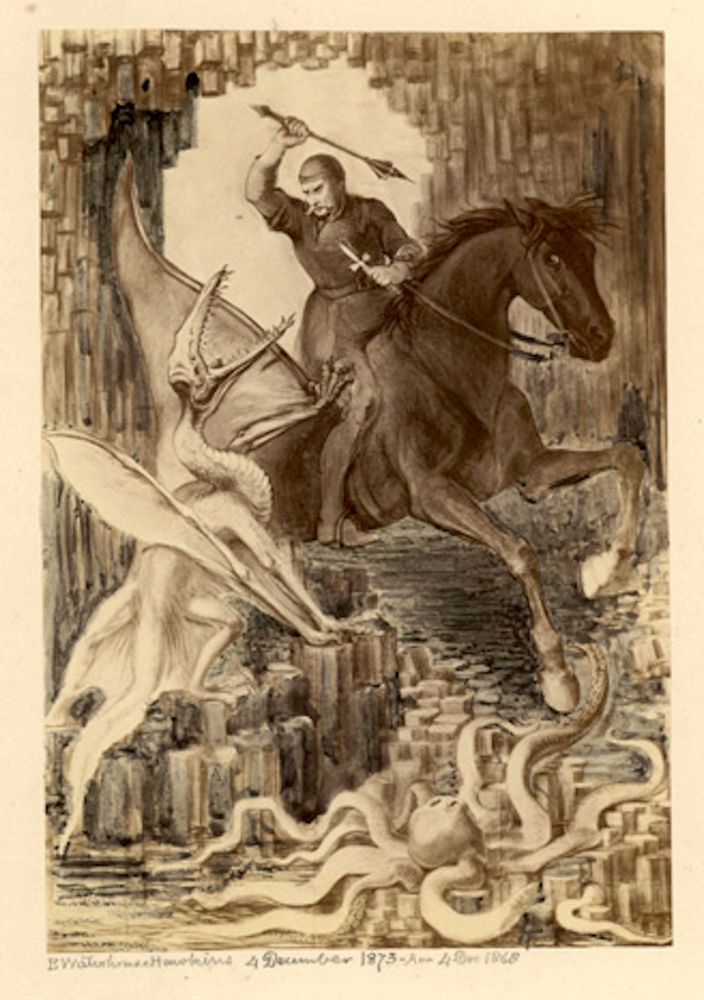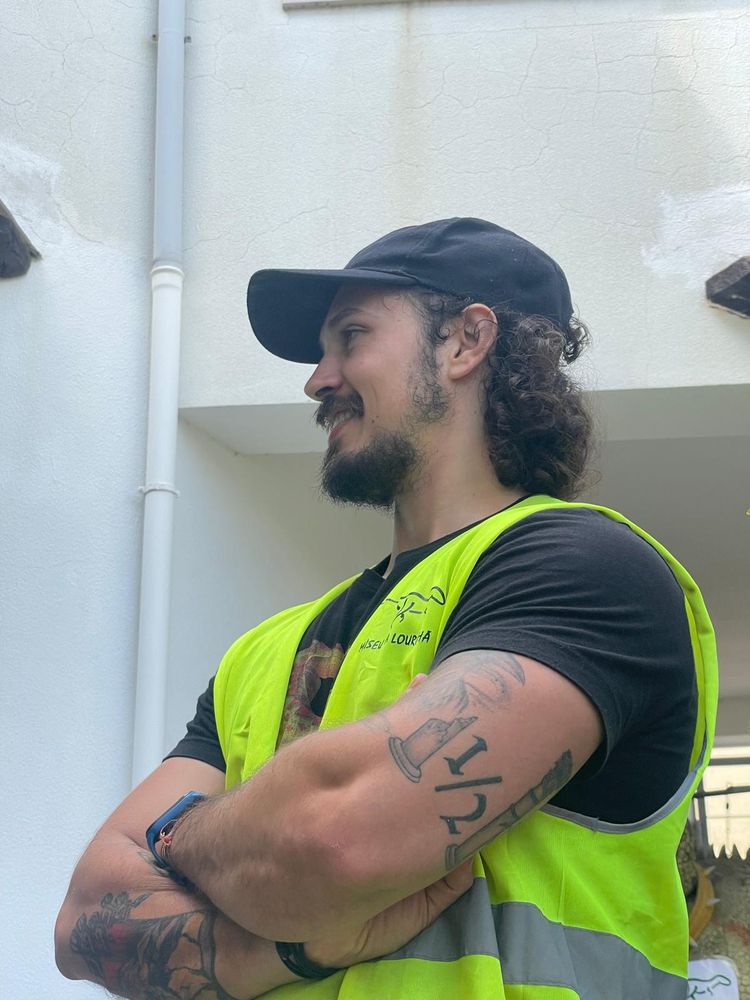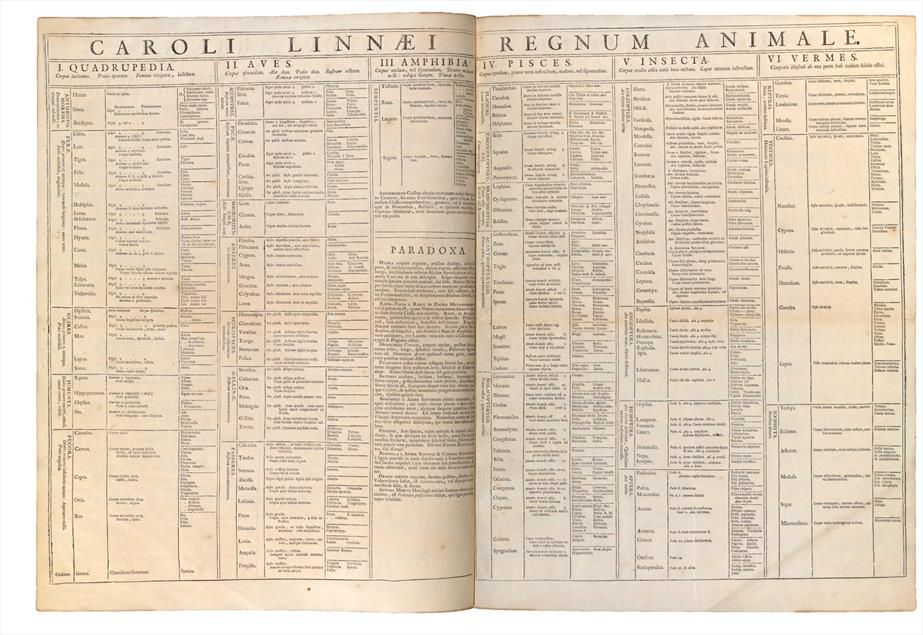Uppsala University Vertebrate Palaeontology Group
@uuvertpalaeo.bsky.social
86 followers
31 following
10 posts
News from the Vertebrate Palaeontology group (Ahlberg lab) at Uppsala University.
Posts
Media
Videos
Starter Packs
Reposted by Uppsala University Vertebrate Palaeontology Group
Reposted by Uppsala University Vertebrate Palaeontology Group
Reposted by Uppsala University Vertebrate Palaeontology Group
Reposted by Uppsala University Vertebrate Palaeontology Group
Reposted by Uppsala University Vertebrate Palaeontology Group
Reposted by Uppsala University Vertebrate Palaeontology Group
Reposted by Uppsala University Vertebrate Palaeontology Group
Per Ahlberg
@perahlberg.bsky.social
· May 14

Earliest amniote tracks recalibrate the timeline of tetrapod evolution - Nature
Analysis of a fossil trackway from the earliest Carboniferous of Australia shows prints of toes with claws, suggesting that the origin of amniotes was at least 35–40 million years earlier than pr...
www.nature.com
Reposted by Uppsala University Vertebrate Palaeontology Group
Springer Nature
@springernature.com
· May 14

Earliest amniote tracks recalibrate the timeline of tetrapod evolution - Nature
Analysis of a fossil trackway from the earliest Carboniferous of Australia shows prints of toes with claws, suggesting that the origin of amniotes was at least 35–40 million years earlier than previously thought.
spklr.io
Reposted by Uppsala University Vertebrate Palaeontology Group
Dr. Melanie During
@melanieduring.com
· May 14

Earliest amniote tracks recalibrate the timeline of tetrapod evolution - Nature
Analysis of a fossil trackway from the earliest Carboniferous of Australia shows prints of toes with claws, suggesting that the origin of amniotes was at least 35–40 million years earlier than pr...
www.nature.com
Reposted by Uppsala University Vertebrate Palaeontology Group
Reposted by Uppsala University Vertebrate Palaeontology Group
Reposted by Uppsala University Vertebrate Palaeontology Group
Reposted by Uppsala University Vertebrate Palaeontology Group
Reposted by Uppsala University Vertebrate Palaeontology Group
Reposted by Uppsala University Vertebrate Palaeontology Group
Reposted by Uppsala University Vertebrate Palaeontology Group
Reposted by Uppsala University Vertebrate Palaeontology Group
Reposted by Uppsala University Vertebrate Palaeontology Group
Reposted by Uppsala University Vertebrate Palaeontology Group






















